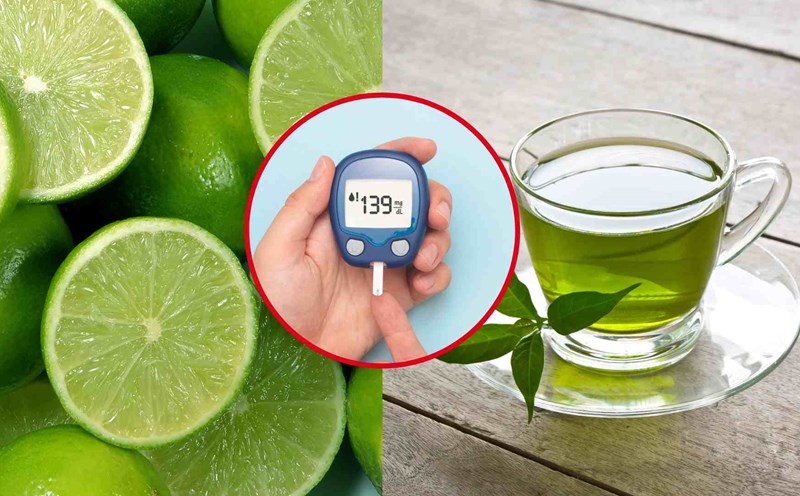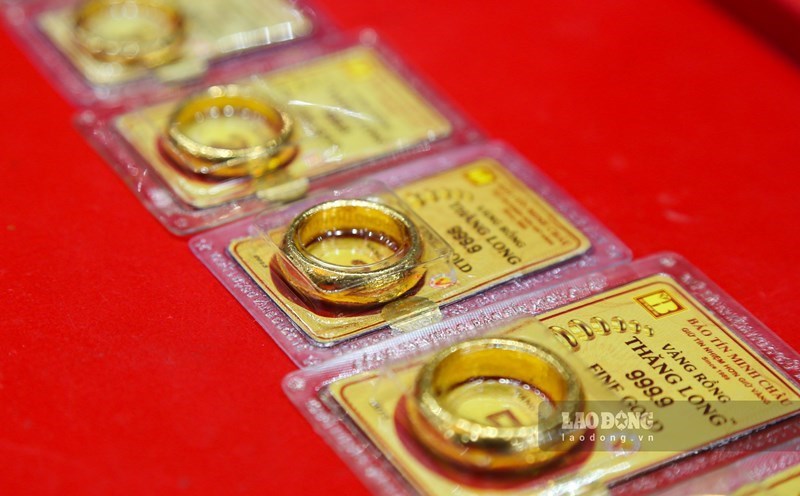Most housewives know that bok choy contains many important nutrients such as vitamins A, C, K, iron, magnesium and especially calcium.
Therefore, in the family's daily diet, housewives take the opportunity to prepare dishes from vegetables that are considered an easy-to-absorb source of plant calcium, very suitable for people with lactose intolerance or those who want to reduce milk consumption.
However, to absorb the optimal amount of calcium from bok choy, the way of processing and eating plays an extremely important role.
First of all, it is necessary to understand that although the amount of calcium in cumin seeds is not as high as milk, the absorption rate is quite good. A portion of cooked cumin chard, about 170g, can provide up to 150 mg of calcium, equivalent to about 15% of the recommended daily requirement for adults.
Calcium will be kept well when processed simply
The most effective way to eat bok choy to supplement calcium is to prepare it simply, avoid cooking it for too long. When boiling or stir-frying, it should be processed in a short time to avoid losing the minerals to the water. If boiled, you can take advantage of the vegetable juice to drink because calcium is easily dissolved in water.
Steamed or lightly stir-fried with some vegetable oil is a good choice, because fat helps absorb vitamins D and K, these are two substances that support calcium metabolism.
Another factor to note is the combination of foods. You should eat cumin seeds with dishes containing vitamin D such as salmon, eggs, mushrooms or magnesium-rich foods such as nuts, beans, whole grains to optimize calcium absorption. On the contrary, you should not eat foods high in caffeine at the same time, as this can reduce the ability to absorb minerals.
Calcium supplementation from cumin seeds should be maintained regularly, not just a few times.
A varied diet with lots of green vegetables, combined with morning sunlight and light exercise, will help the body use calcium more effectively.











